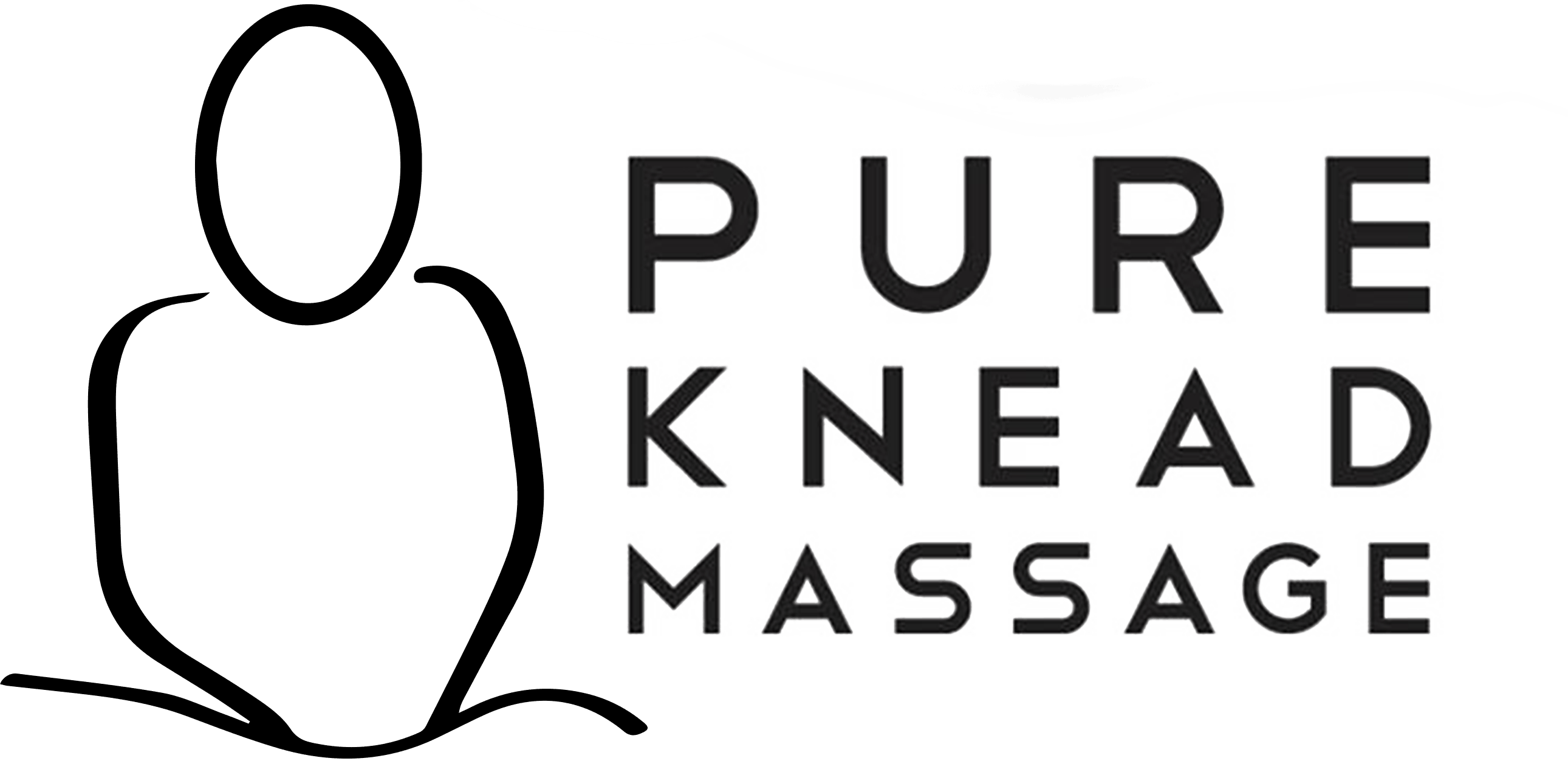Therapeutic massage is an umbrella term for every type of massage that is meant to offer health benefits such as relieving pain, reducing stress, and addressing various physical ailments. The goal is to create positive structural changes within a client’s body, usually through a series of regular massages.
Many people assume that therapeutic massage means deep tissue massage, however this is not the case. Although it may include aspects of deep tissue, a therapist will generally cater the massage to the client’s needs on that particular day. Every professional massage is therapeutic, with tangible health benefits, but some massages have different focuses geared towards injury rehabilitation, lymph drainage, or just plain relaxation, to name a few.
Types of Modalities that fall under Therapeutic Massage:
- Swedish Massage
- Deep Tissue Massage
- Sports Massage
- Pregnancy/Prenatal Massage
- Reflexology
- Cranial Massage
- Reiki
- Neuromuscular
- Trigger Point Myoptherapy
- Shiatsu
- Thai Massage
- Lomi Lomi Massage
- Chair Massgae
What to expect
To begin, the client addresses a specific complaint or special request to the massage therapist. For example, this may be a frozen shoulder, muscle spasm, knee pain, or a request for a relaxing massage to help them relieve stress. Whatever you are dealing with, the therapist can cater their routine to fit your needs. During the massage, a therapist will always follow these steps:
- Assess your current condition- They will ask you about your health history and inquire about any pain you are experiencing and how long you have been dealing with it. Among other things, they will also observe the way you move, your posture, your range of motion and the condition of the tissue during your treatment.
- Propose a plan- Once your massage therapist has a grasp on your condition, they will then propose an approach to treatment. This may be combatting a certain pain through various massage techniques by focusing on the centralized area, or recommending a series of sessions at suggested intervals. This helps to assess progress as you move through your sessions. They may also suggest treating your affected area with ice, heat, light stretching, or epsom salt after your treatment. However, they should never offer medical advice.
- Whichever therapy you and your therapist decide to approach based on the assessment, this is the time for the actual massage.
- Evaluate the results- After your massage is over, you and your therapist will review what has happened. Has your pain diminished? Are you experiencing more mobility in your joint? Has there been an improvement on posture? Based on your results, the therapist may recommend additional sessions to further the process of healing. Weekly sessions may accomplish your goal faster and easier than bi-monthly or monthly sessions. After each massage, your therapist will evaluate what kind of progress has been made to determine the course of therapy.
An experienced therapist will assess you and propose a plan quickly, and you should see results to some degree of relief even after one session. If you are trying to accomplish a goal of pain relief or general stress management, it is important to receive massages regularly.
At Pure Knead Massage, you can rest assured that you will always receive a high-quality therapeutic massage that will address your needs and assist in helping you accomplish your goals!


